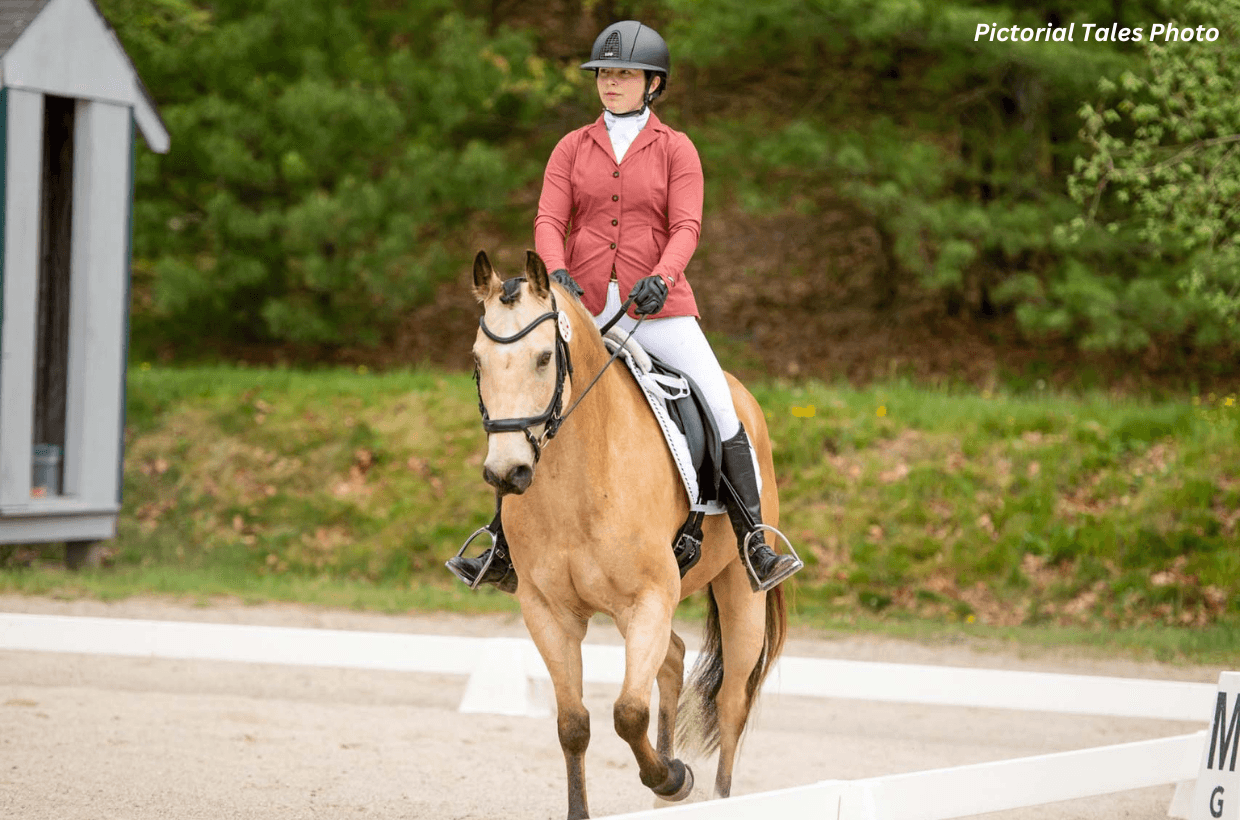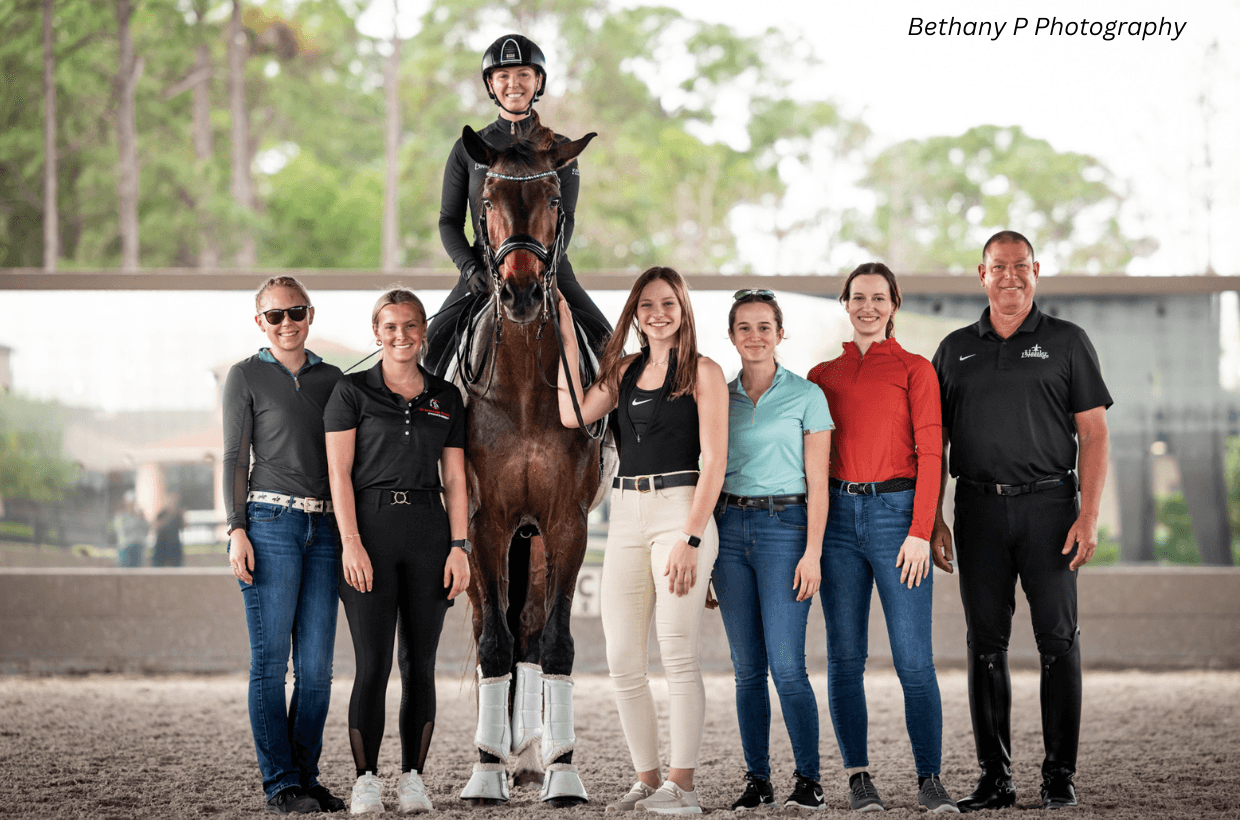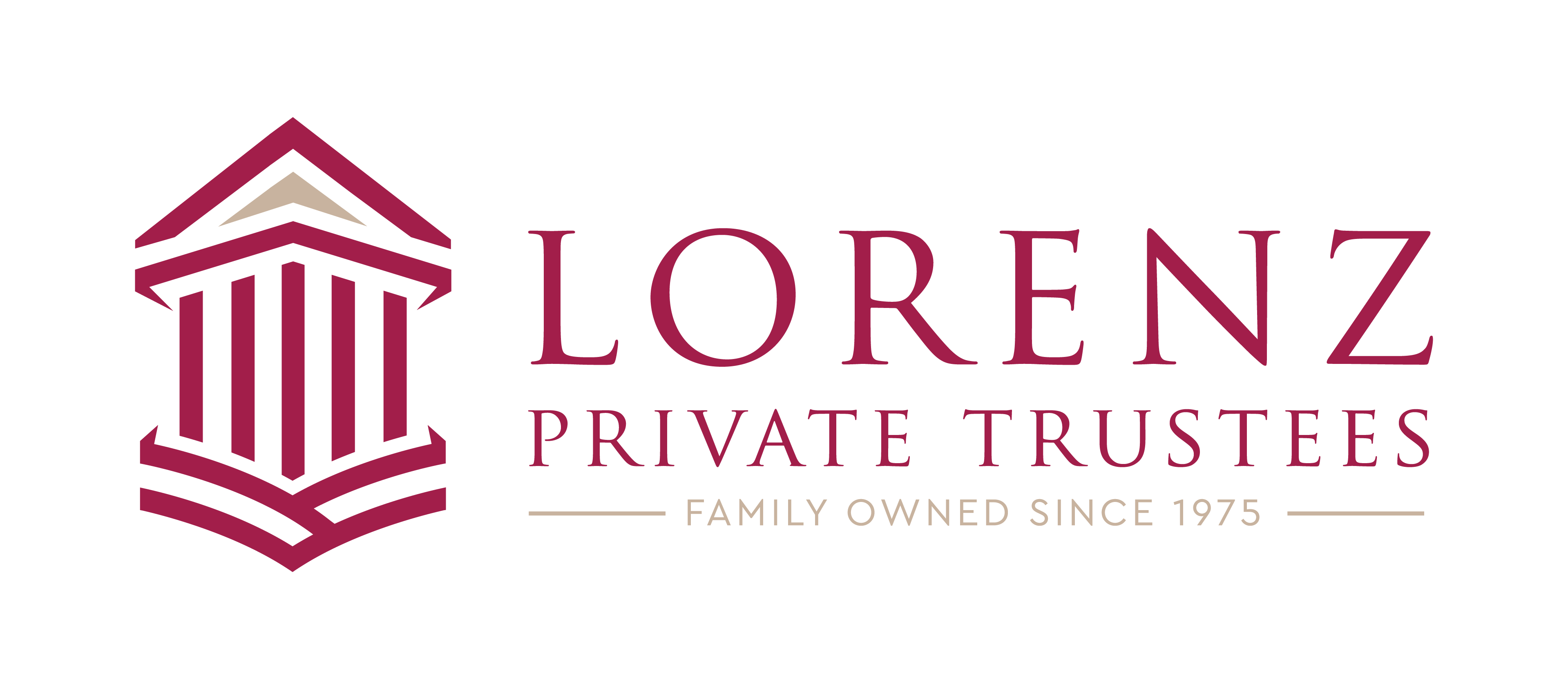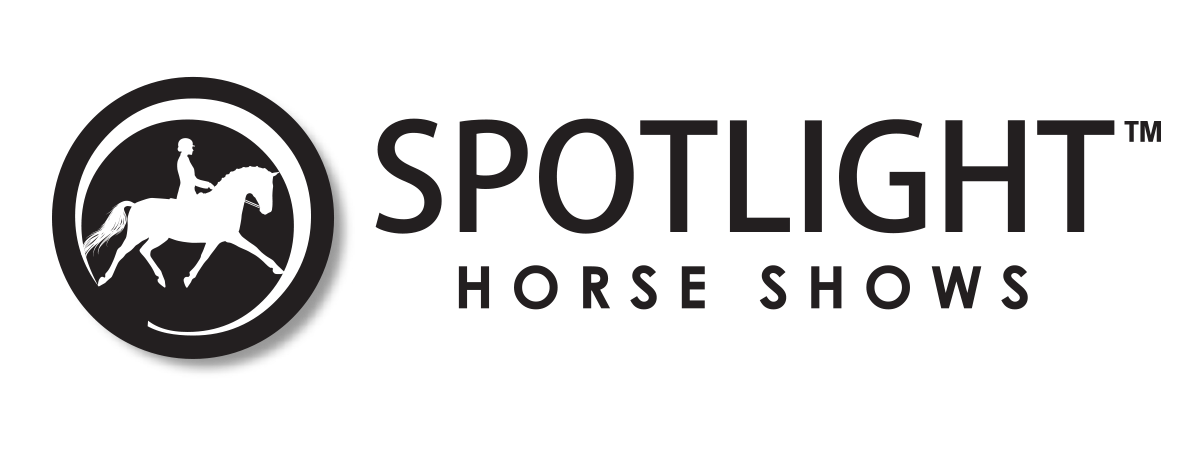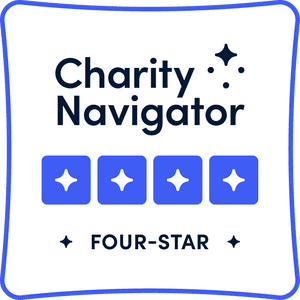2022 Cynthia Aspden Youth and Young Adult Development Fund Recipient: Lindsey Parker

My sincerest gratitude and appreciation go out to TDF for organizing such a phenomenal program to assist riders, coaches, and trainers that are young, old, and anywhere in between to help them reach their goals and achieve their dreams. A huge thank you to the donors involved in funding the Cynthia Aspden Fund for helping me attend and ride in a two-day clinic with the amazing, and always wonderful, Lilo Fore. As a full-time trainer, and not always finding the right opportunities to be a student, time and budget-wise, receiving this grant really helped in making this opportunity happen. Thank you!
Lilo Fore is one person that helps the backbone of today’s dressage stay strong with being a top name in the United States for over 45 years as a breeder, instructor, trainer, competitor, and judge, it was without a doubt that I wanted to ride with her when the opportunity arose, especially with being within Texas. Lilo is someone who truly cares for the welfare of the horse both in and outside of the arena. During her lunch lectures, she would always bring up examples or scenarios that always brought the horse back to its natural state. For example, one rider was struggling with a pony mare to keep her forward and find a harmonious partnership. Lilo wanted to go to square one and talk about how the mare is naturally (we found out the mare is very dominant and lazy), so taking this into consideration, Lilo moved forward teaching in a way that was not about having a dominant working relationship with the mare, but rather working as a teammate and making the work fun and creative. By the end of their first ride, the entire picture changed from ears back and tail swishing to ears forward and a swinging tail. Only with being a true horseperson would that transition have been able to happen.
As a little bit of a back story on my seven-year-old gelding, “Bert,” I bought and imported him from Germany in May of 2022 with the impression he was schooling 3rd Level and started on some pirouette work. He had been owned by his current owner since he was a foal and competed as a young horse with her. At that point, he sat for some time while she started a family of her own. He went back to work under a sale barn at six-years-old and was on the market spring of 2022. Not a lot of time to get a big horse like him in shape and doing 3rd Level, but they did.
He came to me very heavy in the front end, not understanding a half halt, self-carriage, softness, or stretch, and he had an incredibly sickening over-developed poll, meaning he had been ridden rolkeur probably 95% of the time other than in his videos. I honestly panicked a little bit and know I couldn’t just re-sell him or even begin to market him. As I got working with him, I realized this horse gives 1000% of his best effort, has a heart of gold, and never says “no.” All of these qualities come once or maybe twice in a lifetime, so I knew I needed to give him a chance. I spent the first four months riding him stretched and loose doing tons of transitions and changes in directions and just training pyramid into every ride. He went into the clinic working an honest 2nd Level with the occasional moment of weakness, which is understandable when he essentially had to relearn everything.
Lilo absolutely adored his willingness and workman-like attitude and said right away she could tell how much he trusted me, even with being a little spooky at one end of the arena. With not even having “Bert” very long, she knew we had established a good partnership and were going to go far once we finish getting through his past issues.
Day 1 started off working on the quality of the walk and disrupting his habit of “camel walking” and how I can use that, as well as work on the ground, to better develop the walk and trot which in turn will be the foundation of half steps and piaffe. We moved forward working on his acceptance of half halts carrying all the way through his body and activating the hind legs rather than just slowing down. The half halt is there to create carriage, not to stop the flow of energy. Once “Bert” started understanding this, his carriage, frame, and suppleness in the mouth and body completely changed. The only words Lilo could say were “wow” and “beautiful” which those words coming from an FEI judge just brings goosebumps and a smile! This carried forward into our canter work in finding uphill collection. For fun, Lilo even had me try a flying change on him, and he almost got it, so I know the training is working if he’s willing to work those without rushing or getting tense. Super exciting moment!
Day 2 Lilo focused a little bit more on me as a rider and really nit-picked since she thought I was a very good and elegant rider, but wanted me to be a little more firm and put a little bit more of a higher standard to myself and also to the horses. With this, went with the effect of my aids and being more black and white, not just eventually getting the results. Primarily with my leg being a little too forgiving when “Bert” would learn or not bend. “Bert” is a big horse at 17.1hh and wearing an 87” blanket, so he’s a lot to put together, to say the least! When we started working on should in, haunches in, and even some half passes, Lilo’s primary focus was overdoing the bend so that he could find the collection and self-carriage there, which in turn would provide him with a release within the movement. She really wanted him to get supple underneath his body and strengthen the loin so that when pirouettes and steep half passes come into play, he can bend the hind end down and have forward push as well. “Bert struggled with doing so much bend, as it’s physically challenging for him, but the horse I had as a result of doing that was phenomenal.
Some major takeaways and things that were repeated with every rider were the effectiveness of the half halt, bending, and giving the hands forward (not just hanging on for dear life!). Many riders would start their half halt and forget the second half of the aid, which perhaps is the more important part, which is to release. Lilo wanted the half halts to be more frequent with each rider, but not last as long. Many riders were also only effectively bending to the left, so Lilo had everyone focus on creating equal and opposite bend to the right in both lateral movements and circles. A common habit with many riders, pros, juniors, and amateurs alike, is to take the reins backward to find contact rather than shorten the reins and ride the hands softly forward. Lilo brought up a quote from Charlotte Dujardin which is that short reins get gold medals, so she had everyone shorten their reins to find a forward contact. I attended the Region 6 Trainer’s Conference (back when I lived in Oregon) a few years ago when Lilo was teaching and brought up the same point and said to think of riding or influencing the horse’s mouth and to imagine holding the bit rings rather than holding the reins. Thinking of contact this way helps every horse and rider combination develop better contact as it gets the rider more steady with thinking directly of the mouth rather than pulling the reins to talk to the mouth, which also goes back to Lilo’s fundamentals on horse and training welfare, which in this case is that the mouth is sensitive and we need to not eliminate sensitivity with reins.
There were so many things that I took away from this clinic as both a rider and an auditor that I have brought back home with me to continue using as tools for “Bert,” but also for the other horses and people I have in training. It is always such a pleasure to watch Lilo teach, and I am incredibly grateful for TDF for aiding me in achieving my dream of riding with her. Thank you, TDF, from the bottom of my heart (and Bert’s) for the support in being able to attend this clinic.
Sincerely,
Lindsey Parker

